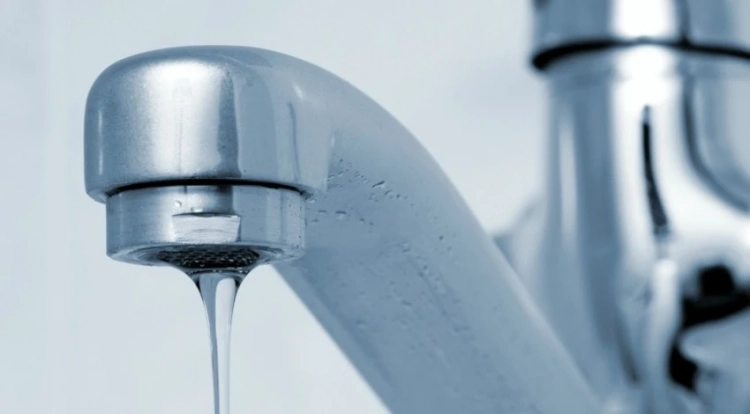
While the identification of most mineral waters requires various water analyses, and radon waters even need a specially designed device — an emanometer, the presence of hydrogen sulfide waters can be recognized by the characteristic smell of this gas from a considerable distance from the spring or the flowing sulfide water from a well. Hydrogen sulfide waters are among the most valuable in balneology — they are what gives the fame to Greater Sochi as a world health resort, having been discovered in Matsesta, Kudepsta, and other locations along the Black Sea coast of the Caucasus.
In Kyrgyzstan, waters with elevated hydrogen sulfide content are concentrated in the hilly framing of the Fergana Valley in areas of oil and gas-bearing anticlines within Paleogene and Neogene deposits; only in one place — the Kara-Tyube River on the southwestern slope of the Fergana Range — is there a weak outflow of sulfide waters associated with heavily folded siliceous-mica schists of the Paleozoic era. Among the dozen occurrences of underground waters with hydrogen sulfide (Ak-Saray, Kairagach, Chongara, Mailisu, Changyrtash, Rishtan, Kyzyl-Djar, etc.), the last two are the most promising for priority development.














































